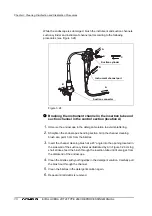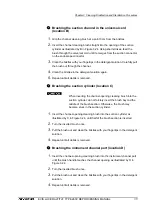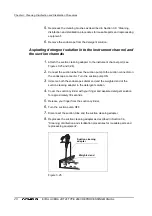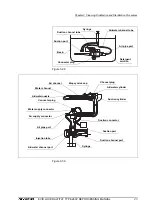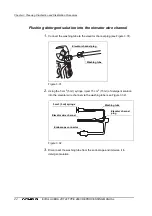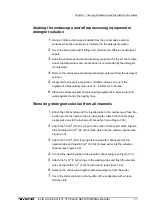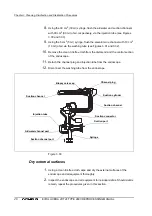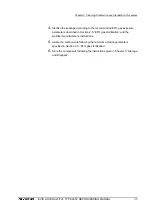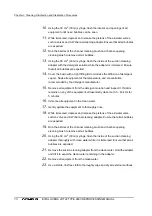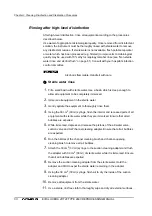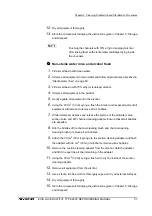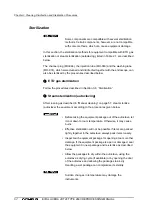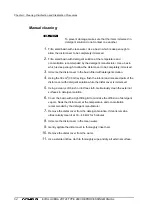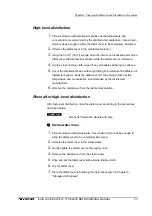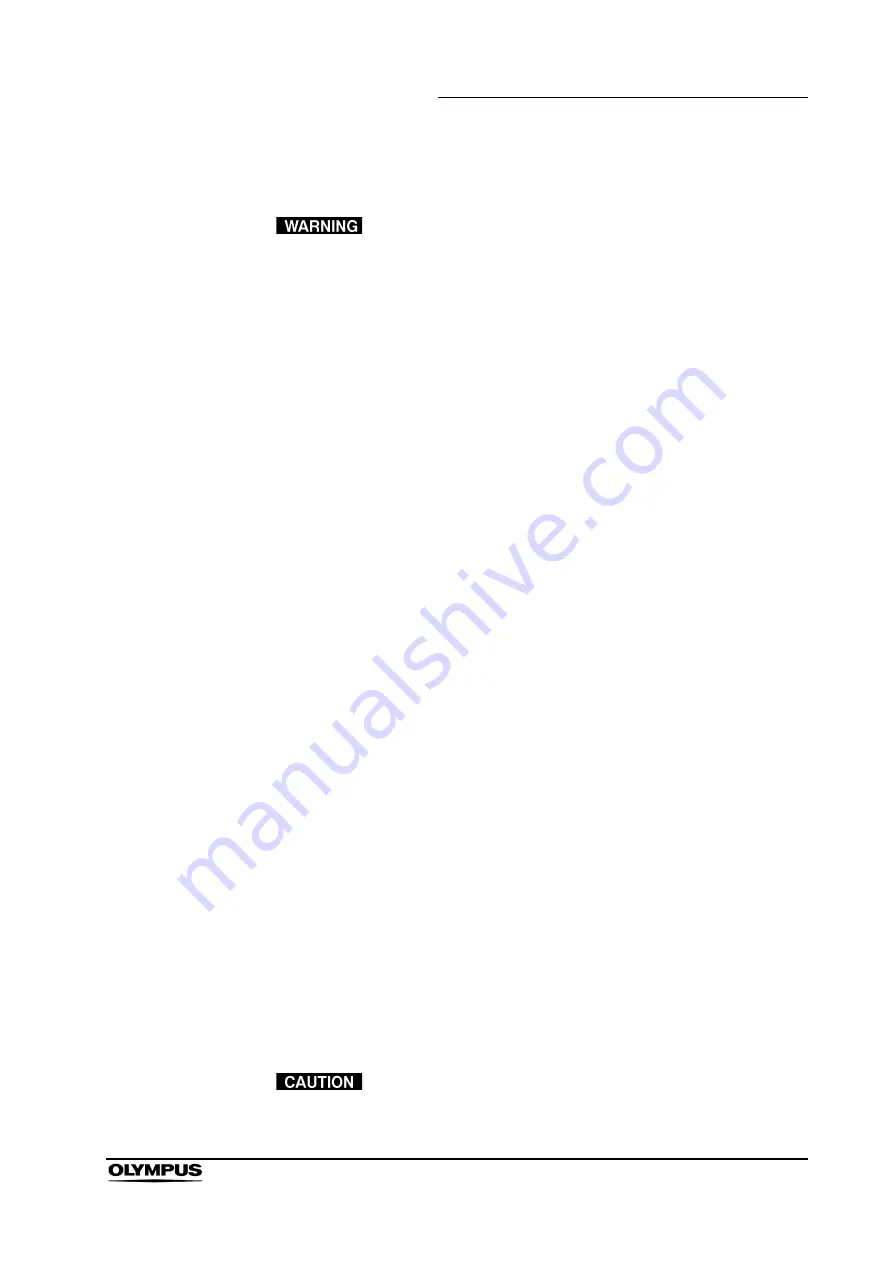
Chapter 3 Cleaning, Disinfection and Sterilization Procedures
51
EVIS LUCERA JF/TJF TYPE 260V REPROCESSING MANUAL
3.7
Rinsing after high-level disinfection
After reprocessing, purge the channels of the endoscope to
thoroughly dry them. Otherwise, bacteria may proliferate in
the channels and pose an infection-control risk to the patient
and/or operators performing the next procedure with the
endoscope.
After high-level disinfection, rinse the endoscope and all equipment according to
the procedures described below.
Use water of appropriate microbiological quality. Once removed from disinfectant
solution, the instrument must be thoroughly rinsed with sterile water to remove
any disinfectant residue. If sterile water is not available, fresh potable tap water
or water which has been processed (e.g. filtered) to improve its microbiological
quality may be used with 70% ethyl or isopropyl alcohol rinse (see “Non-sterile
water rinse and alcohol flush” on page 53). Consult with your hospital’s infection
control committee.
Equipment needed
Prepare the following equipment, and wear appropriate personal protective
equipment.
If sterile water is not available, prepare the following equipment.
Alcohol is flammable. Handle it with care.
• Personal protective equipment
• Sterile lint-free cloths
• Sterile large basin
• Large basin
• Sterile water for sterile water rinse
• 30 cm
3
(30 ml) syringe
• Channel plug
(MH-944)
• Injection tube
(MH-946)
• Suction pump (with sterile suction tube)
• Washing tube
(MH-974)
• 5 cm
3
(5 ml) syringe
• Clean water for non-sterile water rinse
• 70% ethyl or isopropyl alcohol
• Sterile cotton swabs
• Small basin


